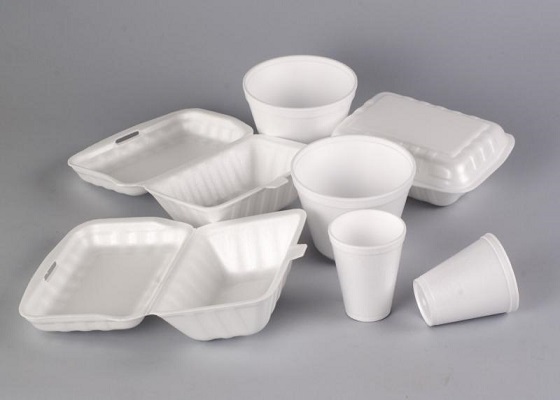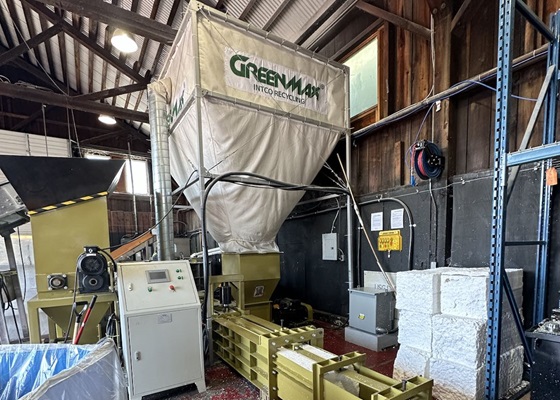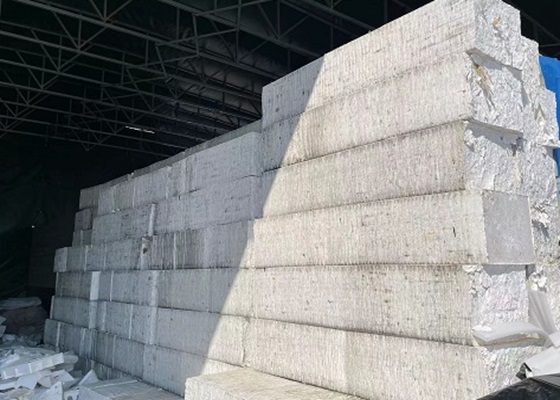Foam Containers Recycling Turn Waste EPS Containers into Reusable Resources
Kalamazoo, Michigan, is considering a zero-waste program for restaurant take-out foam containers. Through implementing foam containers recycling, these EPS foam containers can be diverted from landfills and remanufactured.
Jess Thompson helps collect plastic foam boxes for foam containers recycling at her Bee Joyful store in downtown Kalamazoo. Half of the 12 huge EPS foam bags sent by the community are takeout foam containers and foam cups. Thompson said that foam containers recycling can convert takeout EPS containers into reusable materials, promoting the city towards sustainable development. Additionally, there are large amounts of defective products and scraps produced in the manufacturing process of foam containers. Foam containers recycling will re-decompose these defective products and scraps into particle form that will be put into the production line, saving raw material and reducing operation costs for foam manufacturers. In addition to being remade into new EPS foam containers, the waste foam can be melted and turned into recycled products such as environmentally friendly cabinets, bicycle helmets, and outdoor flooring.

Foam container recycling transforms foam from waste into eco-friendly products, allowing EPS containers to be diverted from landfills and back on the market. As an EPS recycling company, INTCO Recycling helps many companies and communities to implement foam containers recycling. INTCO Recycling provides a one-stop foam containers recycling solution and its foam hydraulic compactor has the effect of getting twice the result with half the effort in the entire process. This foam hydraulic compactor compresses loose EPS foam containers into compact foam blocks that are convenient for transportation and subsequent process, solving the most difficult transportation problem in the foam containers recycling.

GREENMAX foam hydraulic compactor realizes foam containers recycling through the hydraulic principle, and the compression ratio is 70:1. Recyclers put the EPS waste from the feeding bin of the machine, which will be crushed into foam fragments of 10-20mm size through the smashing knife. Afterward, through the continuous transportation of the internal screw, the foam container fragments are transported to the compression bin. Meanwhile, the foam hydraulic compactor's hydraulic system starts. Through the high pressure generated by the hydraulic pump, the volume of the EPS foam in the compression chamber is significantly reduced and compact rectangular parallelepiped foam blocks are formed. The compressed EPS foam container blocks are continuously pushed out under huge pressure. The discharge port of the foam hydraulic compactor can be equipped with a cutting device to cut them to a fixed length. The compression density of this foam hydraulic compactor is approximately 250kg/m³-300kg/m³.

Cutting EPS foam blocks can be stored on pallets for easy transportation and handling. In addition, INTCO Recycling offers our machine customers a buy-back service for their foam container blocks, so they don't have to worry about the subsequent sale of EPS foam blocks. By selling the foam container blocks, customers will soon be able to get a return on their investment in the foam hydraulic compactor and turn the foam containers recycling into a long-lasting profitable investment.
